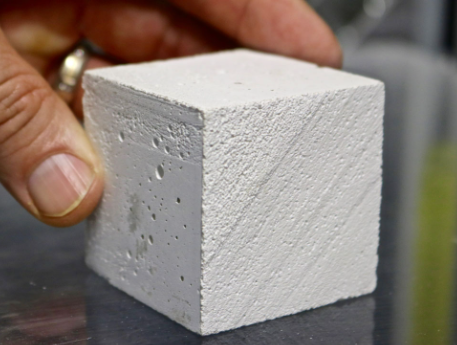Concrete is an invaluable man made building material, serving as the foundation of countless homes, schools and bridges. Easy to make and hard to break, concrete has been a robust and reliable option for years. But with environmental concerns rising, is concrete an eco-friendly option going forward?

How can concrete be harmful to the environment?
When you consider the ingredients of concrete – cement, water, sand, and stones – nothing immediately stands out as environmentally harmful. Despite this, the MPA claims that concrete and cement account for 1.5% of the UK’s carbon dioxide emissions.
The answer lies in how we get concrete, as of course, concrete doesn’t just sit there in cities emitting CO2. Extracting, processing and transporting the raw materials contributes to greenhouse gas emissions, especially with cement. The burning of fuel to heat cement and power transport vehicles adds up, and the vehicles extracting the materials also need power, nearly all of which is provided by fossil fuels.
Does this mean concrete can’t be eco-friendly?
Of course, if most of the environmental issues of concrete stem from its manufacture and transportation, then this impact can be reduced as eco-friendly alternatives are introduced.
Concrete itself can actually be eco-friendly, with its heat absorption capabilities meaning that heat from the day is gradually released at night, reducing artificial heating needs and costs. The same applies to homes, with advice and services for installing concrete Swindon available online from specialists like monstermixconcrete.co.uk/concrete-swindon/.
As well as heat, concrete can also absorb CO2 through the process of carbonation. In short, rainwater and air interact with concrete, causing CO2 to transform the calcium hydroxide within the concrete into calcium carbonate, trapping greenhouse gases and fortifying the concrete. More information can be found here on the structural guide website.
Another solution for reducing CO2 emissions is through recycling concrete and its aggregates. Options that reduce the dependency on cement, such as limestone and blast furnace slag, can also contribute to lower emissions.

Overall, concrete doesn’t look to be going anywhere anytime soon, as its absorption and recyclability make it a great building tool. Renewable methods for acquiring it will be the way forward.









